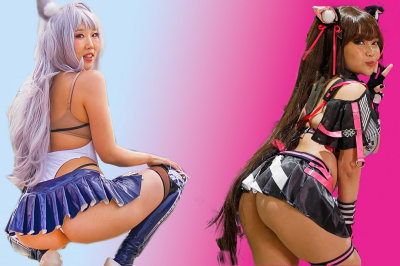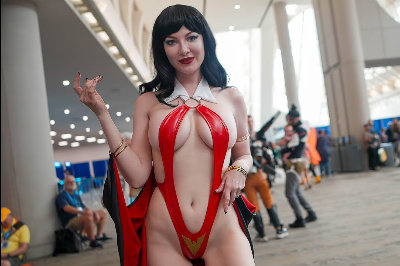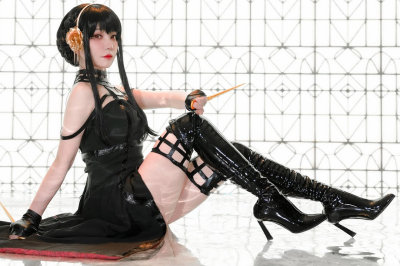WHAT WOMEN WANT - ABOUT THE PRODUCTION
Principal photography began in Los Angeles in February 2000 and was completed at the end of June with three weeks on location in Chicago. Throughout filming, production designer Jon Hutman designed sets that paid homage to Sinatra's kind of town.
"We really wanted to show the best of the city because the architecture in Chicago is so fantastic," he says. Although entirely set in Chicago, interiors were constructed at the Culver Studios in Los Angeles, where Hutman worked closely with Nancy Meyers to create the Sloane-Curtis office set as well as the interior of Nick's apartment in a way that would be evocative of Nick's character. The office is a multi-tiered, sky-lit colossus with specially crafted terra-cotta moldings, ornate "bronze" railings and "marble" mosaic tiled corridors. It is based on Chicago's famed Rookery Building, built in the late 1800s by architects Burnham & Root, its atrium lobby later remodeled by Frank Lloyd Wright.
Hutman collaborated with cinematographer Dean Cundey to arrange the office set so that it would be camera-friendly. Cundey also had to choreograph camera moves that reflected the fast-paced environment and staccato banter that characterized WHAT WOMEN WANT. Hutman says: "Because there were so many traveling shots moving through the office, we couldn't have the typical one-story high rise with flat, low ceilings, which was another reason the Rookery worked so well. In designing the interior, we tried to create a space that was grand and open and fluid and impressive but also allowed for a mobile camera."
In contrast to the rococo style of the office set, Nick's apartment is a sleek, modern, angular and exceptionally male lair inspired by Mies van der Rohe's landmark West Diversey Parkway apartment complex in Chicago. "The story is about a guy who starts out as this arrogant, self-absorbed womanizer, so we wanted to start him in this very masculine world," says Hutman. "Nancy's conception was that his apartment would be this '60s, Rat Pack kind of place. The apartment has this very Vegas feeling, with splashes of black, aqua and orange. He is a bachelor, so his apartment feels like it's a place where he brings chicks and hangs his hat, but it's not tremendously invested with personality."
Nick's office also has a '60s Vegas vibe: Black-and-white photos of the Sands Hotel and various shots of Sammy, Frank and Dino adorn the walls, competing for space with Hawaiian Tropic and Johnnie Walker ads. Slot machines and miniature roulette wheels sit next to high-end stereo and video equipment. Also, orange accents filter through the entire Sloane-Curtis agency, from the desks to the binders to the company's logo.
Color helps to distinguish Darcy's world from Nick's. Her office is lighter and more feminine than the rest of the set, with red drapes, red chairs and dark, Asian-style cabinets. The idea is to show that she has a strong and confident sense of style and that she has taken a neutral room -- her office -- and made it into her own.
Moving to Chicago for three weeks of location filming, the production captured many of Chicago's famous views and landmarks: from the Marshall Field's department store to the posh, tree-lined Gold Coast suburbs; from Lake Michigan to Chinatown; from the Rookery Building in the Loop to Mies van der Rohe's 330 & 340 West Diversey Parkway apartment complex opposite Lincoln Park.
The cast and crew also had time for fun in the Windy City. Chicago's beloved baseball team, the Cubs, invited Gibson to sing "Take Me Out to the Ballgame" during the seventh-inning stretch, a Cubs tradition and a great honor. Gibson complied, and the cast and crew went with him to cheer him on.



